Tiger Stadium
It took 50 Years to Get It's Name.
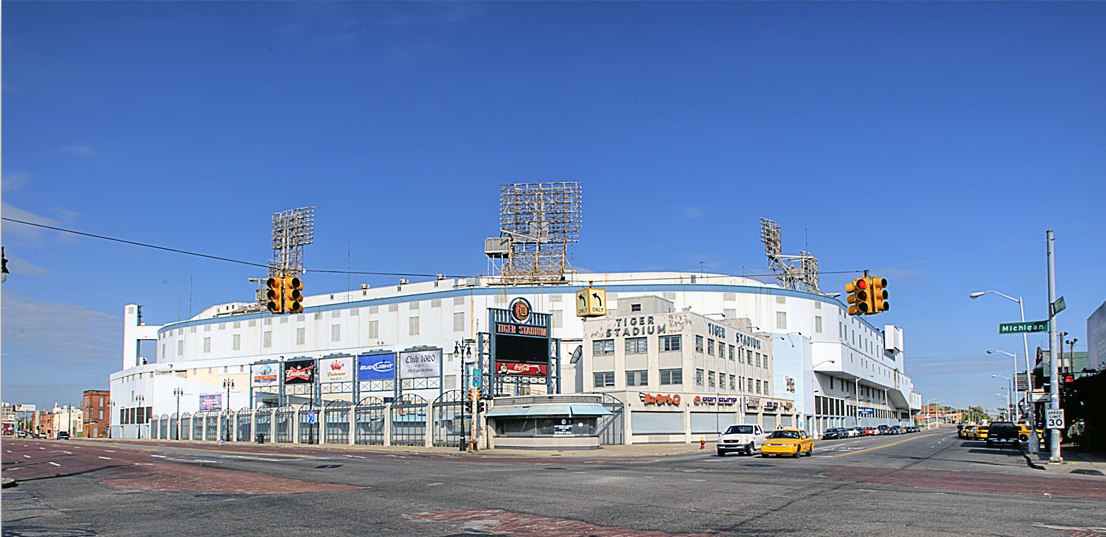 Tiger Stadium Entrance-Image-baseball-fever.com
Tiger Stadium Entrance-Image-baseball-fever.com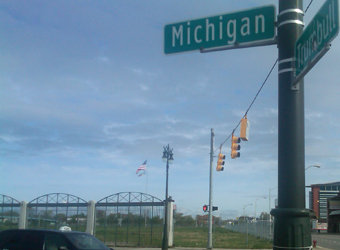
Tiger Stadium, like most baseball parks built during the 1900s, didn't start out carrying its final name. It was constructed on a site that, affectionately, became known as "The Corner" (Michigan Avenue & Trumbull Avenue) and it would stand on that site for its entire existence.
The brainchild of Francis (Frank) Joseph Navin, it was built in 1912 as a replacement for his aging and outdated wooden structure, Bennett Park. That structure was named Navin Field and it carried that name until his death in 1938.
Ownership changed in 1938 and the park was renamed Briggs Field. Named after new owner, Walter Briggs (Briggs & Stratton), the ball park would carry his name from 1938 to 1961. Owner ship changed gain in 1961, when John Fetzer purchased the stadium and gave it its final name. It took nearly 50 years for Tiger Stadium to officially become Tiger Stadium.
The Owners
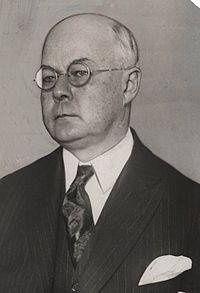 Image-wikipedia.org/wiki/File:FrankNavin.jpg
Image-wikipedia.org/wiki/File:FrankNavin.jpgThe
real story of Tiger Stadium, however, lies within the host of colorful
athletics and owners that gave birth to this, now historic, baseball park.
Frank Navin became a baseball team owner after making a $5000 stock investment on the Detroit Tiger Team in 1908. Navin had little baseball background nor a pile of money from which to draw. He parleyed years of hard work into becoming a, major league, baseball team owner.
Trained as an accountant Frank had a very healthy respect for financial order, so much so that many would call him down right cheap. A reputation that would follow him throughout his years as a team owner.
This was best illustrated with a note he sent to his star player, Sam Crawford, after he had taken his uniform home after the end of the season.
"Kindly forward last season's uniform to the Detroit Ball Club at once, so it can be pit in shape for spring practice. As those uniforms are paid for by the Detroit club, they are, of course, the property of the Detroit club and should have been returned at the close of last season".
Yea, I think that qualifies.
Competition was Fierce
Frank Navin was now in the inner circle of baseball owners and there was intense competition for bragging rights.
He had watched Al Raach and John Rogers rebuilt the Baker Bowl in Philadelphia (1895) using concrete and steel construction and marveled at the fan response to that new design.
"My stadium is better than yours", seemed to be the mantra for these new architectural marvels. Baseball Team Owners were all, Type-A personalities, looking to make their mark on baseball history.
Owners like Bed Shibe (Shibe Park), Charlie Comiskey (Comiskey Park), Barney Dreyfuss (Forbes Field), Charlie Ebbets (Ebbets Field), John T. Taylor (Fenway Park) and William Wrigley Jr (Wrigley Field) were all equally as arrogant personalities and threw caution to the wind when planning to build their respective stadiums.
Each new stadium built sent an implied, "How do you like me now", statement to his counterparts and baseball fans were the beneficiaries of this race for baseball field excellence.
The Players
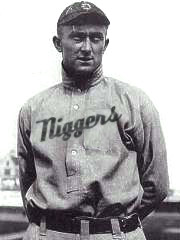
Tiger Stadium was home to an impressive group baseball players, all of which provided the substance to the history that made this park such an icon.
By far, the most impactful player in Detroit Tiger history was Ty Cobb. Signed as an 18 year old kid with phenomenal talent, Ty Cobb came to the club with lot of heavy baggage. He was hard to manage and impossible to control and spark controversy throughout his years with the Tigers.
Tiger Stadium Hall of FAMERs
Hugie Jennings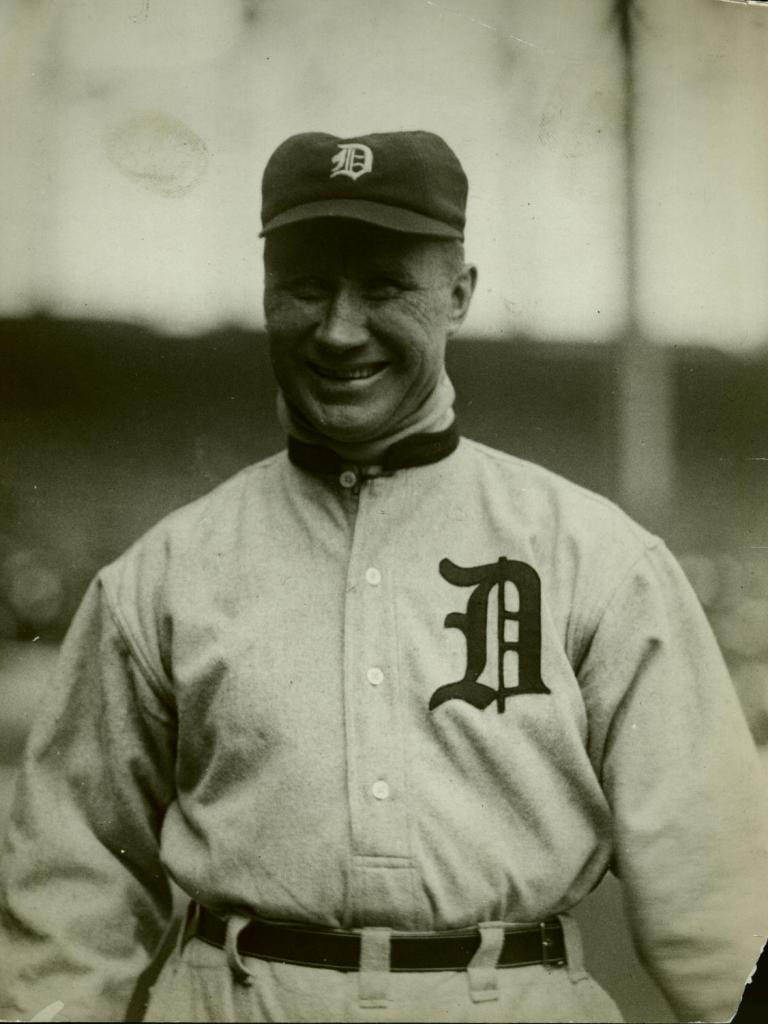 Hugh Ambrose Jennings; - DOB 4/2/1869 Inducted to the Hall of Fame in: 1945 Ty Cobb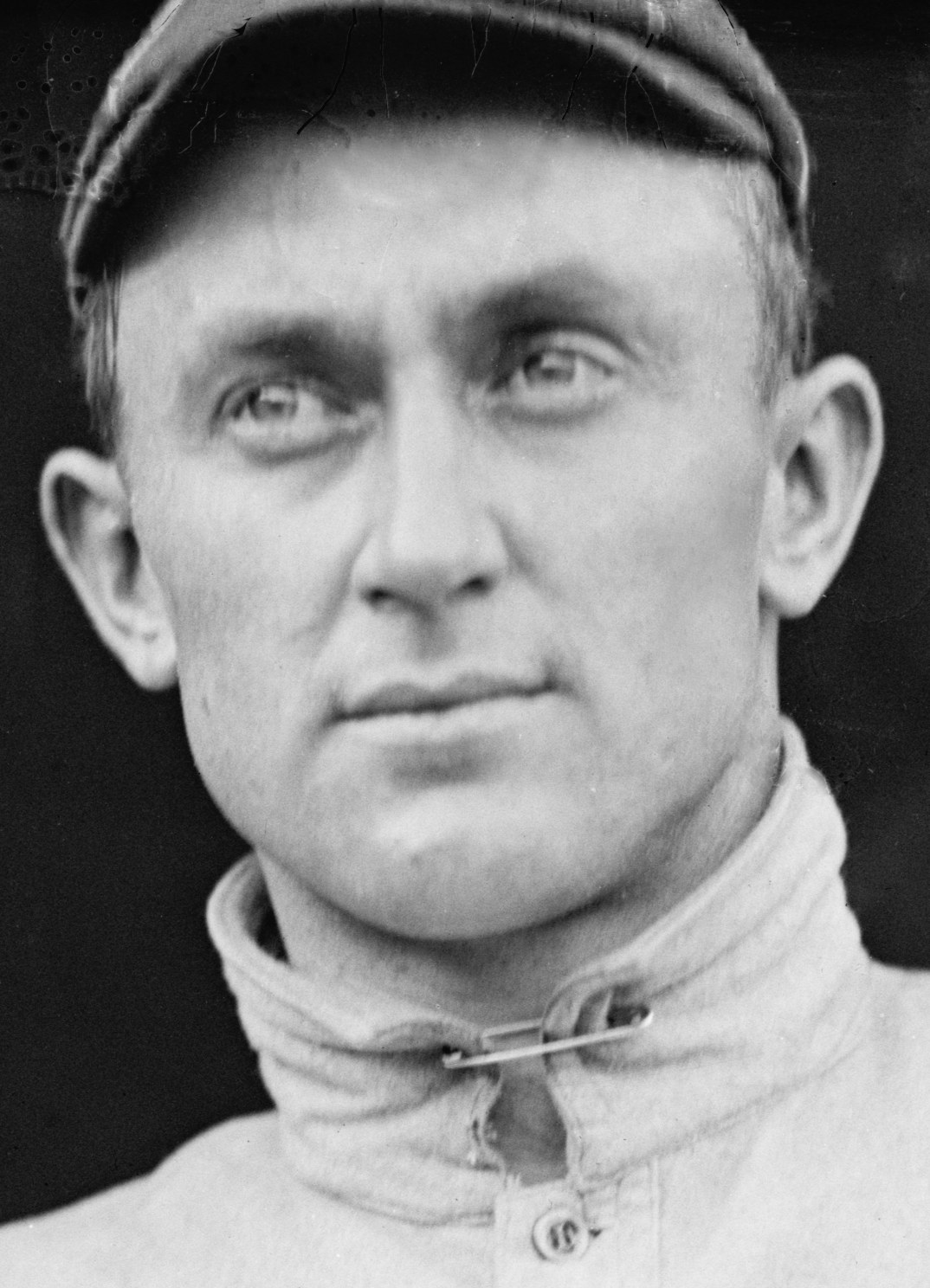 Tyrus Raymond Cobb; - DOB 12/18/1886 Inducted to Hall of Fame; 1936 Primary Team; Detroit Tigers (1908-1926) Philadelphia Athletics (1927-1928) Primary Position; Center Field Goose Goslin Leon Allen "Goose Goslin" - DOB; 10/16/1900 Inducted to Hall of Fame; 1968 Primary Team; Detroit Tigers, Washington Senators, St. Louis Browns. (1921-1938) Primary Position; Left Field Charlie Gehringer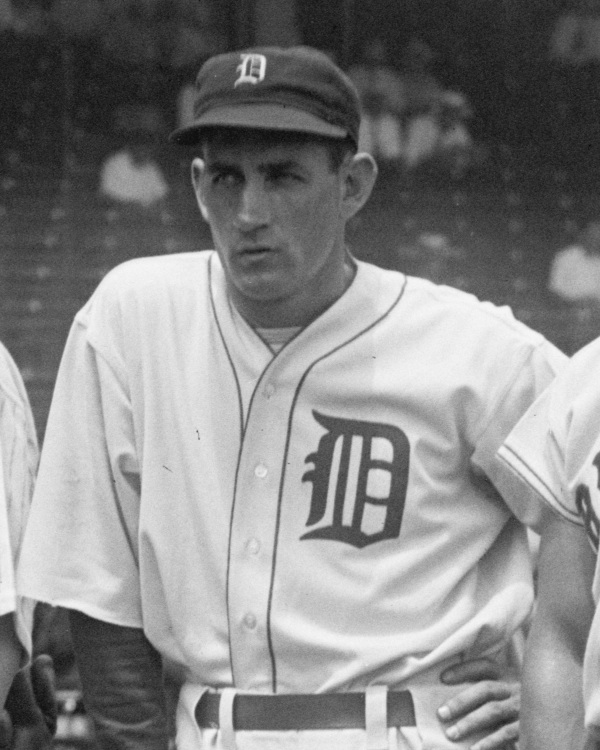 Charlie Cehringer - DOB; 5/11/1903 Inducted to Hall of Fame; 1949 Primary Team; Detroit Tigers (1924- 1942) Primary Position; Second Baseman Hal newhouser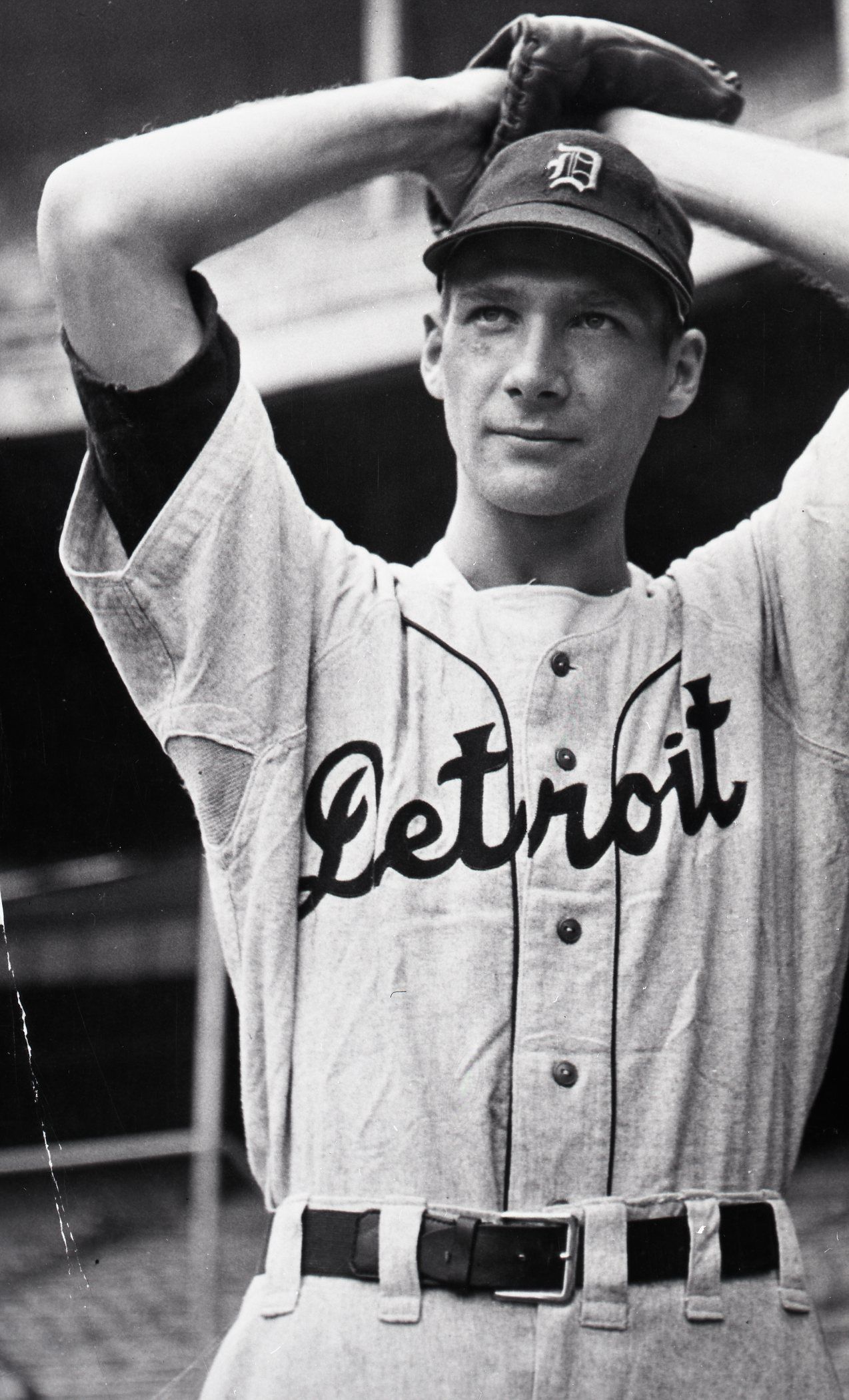 Harold "Prince Hal" Newhouser - DOB - 5/20/1921 Inducted to Hall of Fame; 1992 Primary Team; Detroit Tigers, Cleveland Indians (1939-1955) Primary Position; Pitcher Al kaline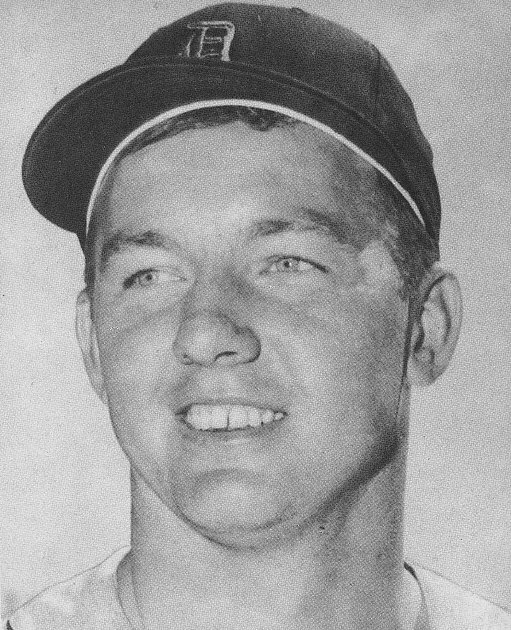 Albert William "Al" Kaline - DOB 12/19/1934 Inducted to Hall of Fame; 1980 Primary Team; Detroit Tigers (1953-1974) Primary Position; Right Field |
Sam Crawford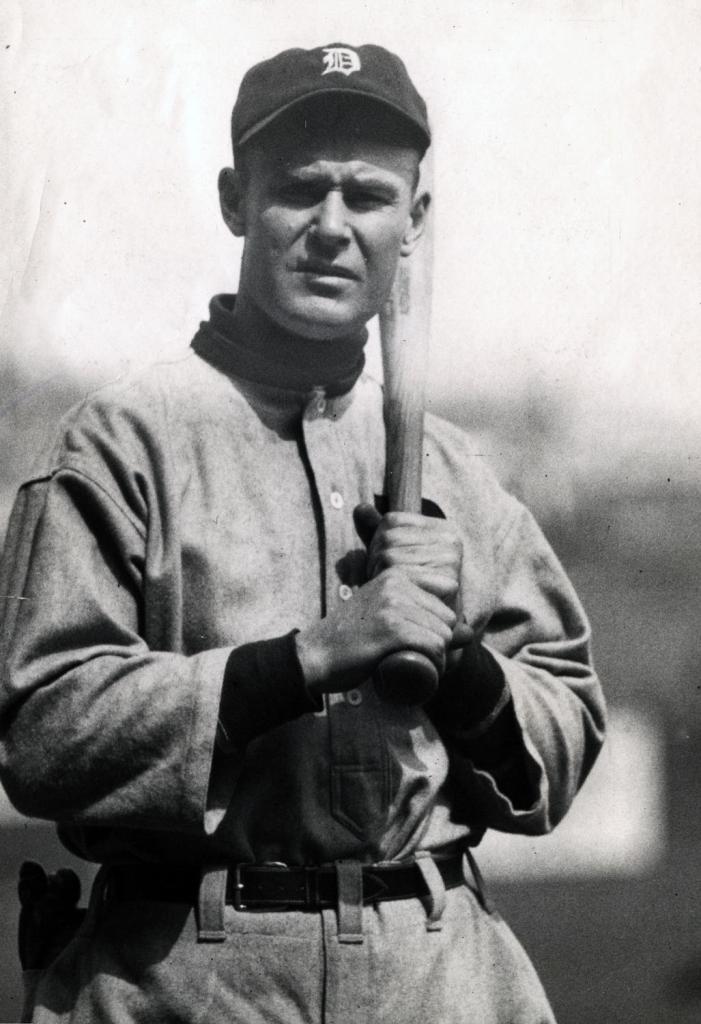 Samuel Earl Crawford; - DOB 4/18/1880 Inducted to the Hall of Fame in: 1957 Harry Heilmann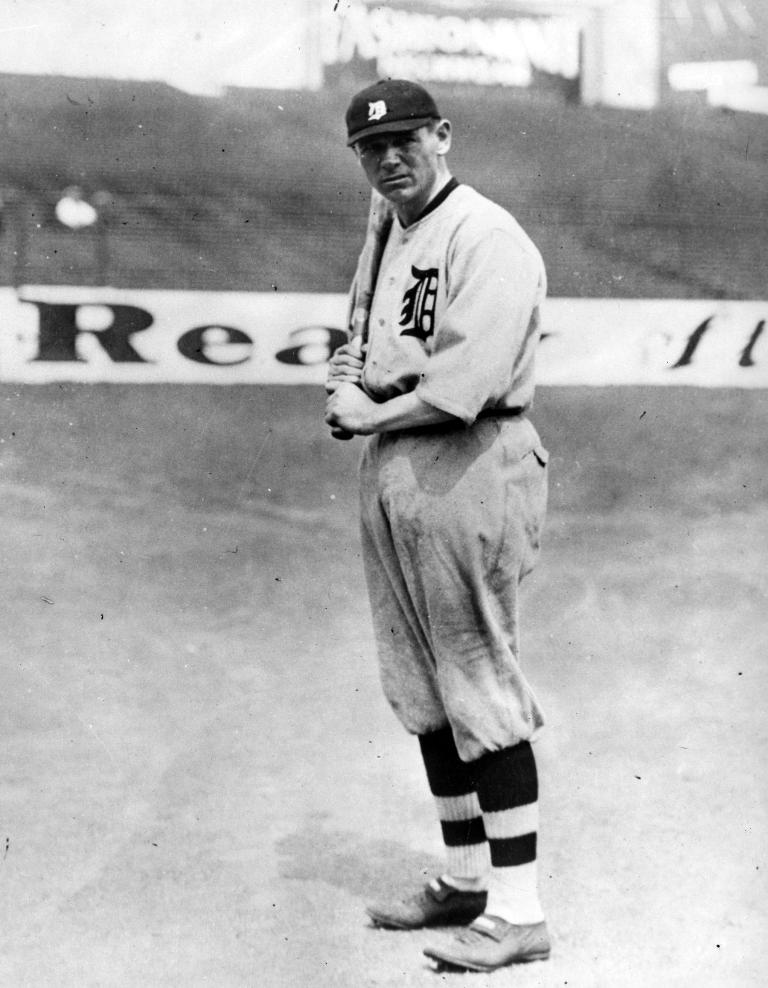 Harry Heilmann; DOB 8/3/1894 Inducted to Hall of Fame; 1952 Primary Team; Detroit Tigers (1920-1933) Primary Position; Outfield heinie manush Heinie Manush - DOB; 7/20/1901 Inducted to Hall of Fame; 1964 Primary Team; Detroit Tigers, Washington Senators (1920-1939) Primary Position; Left Field Mickey cochrane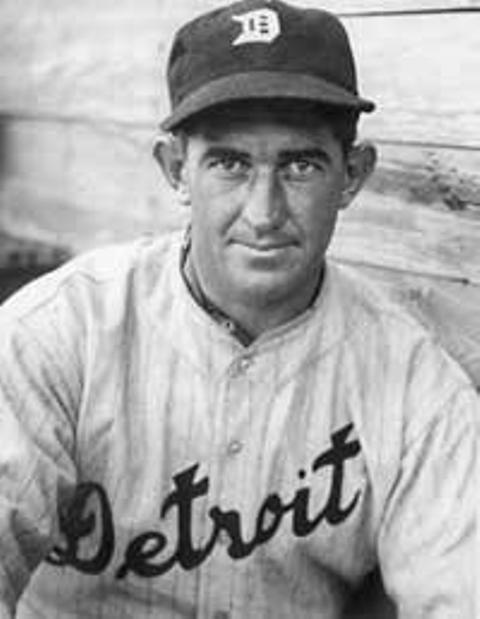 Gordan Stanley "Mickey" Cochrane - DOB; 4/6/1903 Inducted to Hall of Fame; 1949 Primary Team; Detroit Tigers, Philadelphia Athletics (1925-1931) Primary Position; Catcher George kell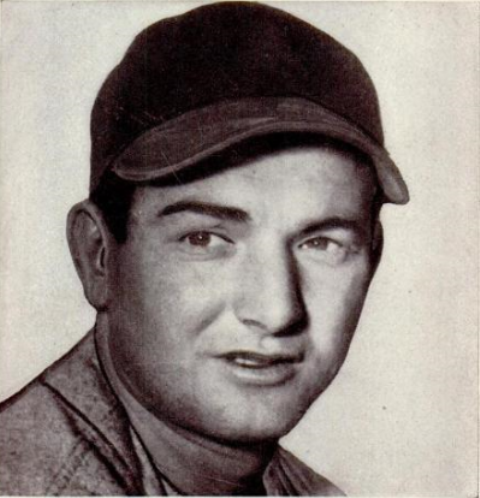 George Clyde Kell - DOB August 23, 1922 Inducted to Hall of Fame; 1983 Primary Team; Detroit Tigers, Philadelphia Athletics, Primary Position; Third Base Jim Bunning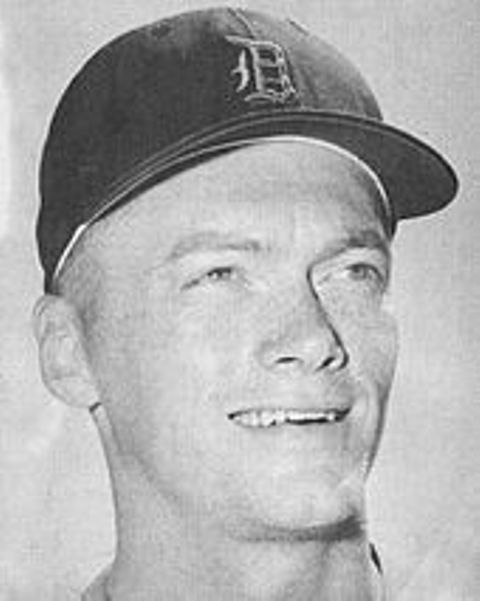 James Paul David "Jim" Bunning - DOB 10/23/1931 Inducted to Hall of Fame; 1996 Primary Team; Detroit Tigers, Philadelphia Phillies (1955-1971) Primary Position; Pitcher |
Football Was Played Here Also
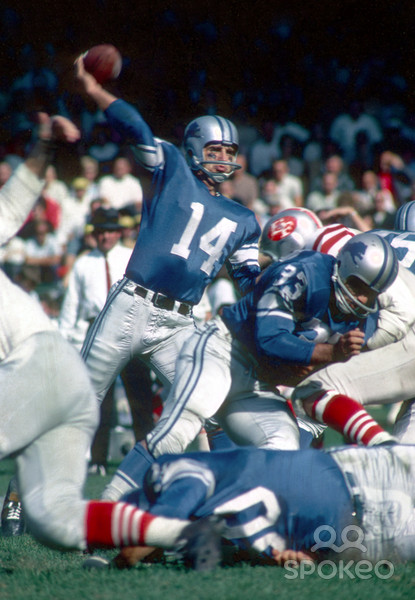
Tiger Stadium featured over 11,000 home runs, hosted 6873 regular season games, 35 postseason contest along with three All-Star Games (1941, 1951, and 1971). Baseball, however, was not the only game played there as the stadium also served as a multipurpose venue.
The Detroit Panthers and later the Detroit Lions football teams called it home from October 1921 to November 1974.
In 1977 Tiger Stadium was sold to the City of Detroit of $1 and leased it back to the Tigers. This marked the end of this historic stadium. The City of Detroit lost all its enthusiasm with the park and spent little on improvements.
In October of 1997 ground was broken for a new stadium (Comerica Park) and the City of Detroit abandoned and closed the park all together. Even though Tiger Stadium had made it into the National Registry of Historic Places it would still ball victim to the wrecking ball on June 30, 2008.
FAREWELL to the Old Girl
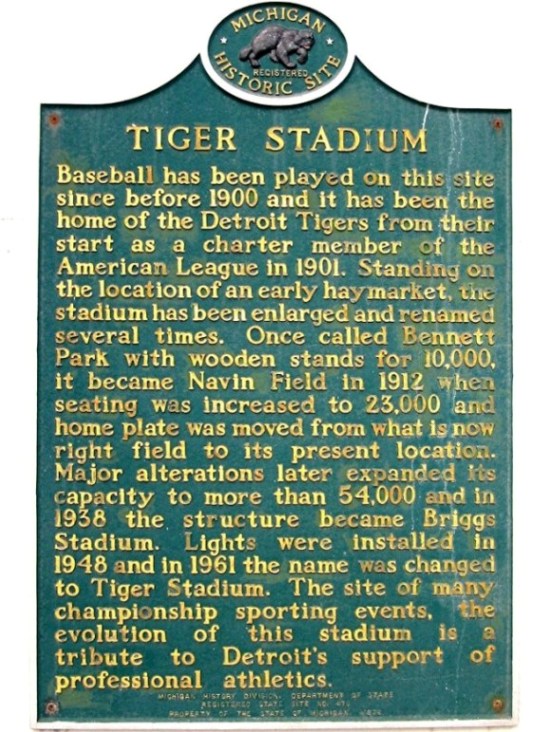
The farewell to Tiger Stadium was, most elegantly stated in this quote by Earnie Harwell,
"Tonight, we say good-bye. But we will not forget. Open your eyes, look around and take a mental picture. Moments like this shall live on forever.
"It's been 88 moving years at Michigan and Trumbull. The tradition built here shall endure along with the permanence of the Olde English D. But tonight we must say good-bye.
"Farewell, old friend Tiger Stadium. We will remember."
Tiger Stadium Stats;
Area of fair territory: 113,000 sq. ft.
Area of foul territory: minimal
Fences: 6.5 ft, except CF (5.5 ft)
Elevation: 585 feet
Seating capacity: 46,945
First-season attendance: 402,870 (1912).
Worst-season attendance: 320,972 (1933).
Best-season attendance: 2,704,794 (1984).
Who Played Here: Detroit Tigers (AL)
First Opened: April
20, 1912
First night game: June 15,1948
Last Tigers game: September 27, 1999
Surface: Bluegrass
Architect: Osborn Engineering
Owner: City of
Detroit
Cost: $300,000
Dimensions - History
Left field: 345 (1921), 340.58 (1926), 339 (1930), 367 (1931), 339 (1934) 340 (1938), 342 (1939), 340 (1942)
Left-center: 365 (1942)
Center field: 467 (1927), 455 (1930), 464 (1931), 459 (1936), 450 (1937), 440 (1938), 450 (1939), 420 (1942), 440 (1944)
Right-center: 370 (1942), 375 (1982), 370 (current)
Right field: 370 (1921), 370.91 (1926), 372 (1930), 367 (1931), 325 (1936), 315 (1939), 325 (1942), 302 (1954), 325 (1955)
Backstop: 54.35 (1954), 66 (1955)
Fences - History
All Fences: 5 ft - concrete topped by screen
Left field: 20 ft (1935), 30 ft (1937), 10 ft (1938), 12 ft (1940), 15 ft (1946), 12 ft (1953), 14 ft (1954), 12 ft (1955), 11 ft (1958), 9 ft (1962)
Center field: 9 ft (1940), 15 ft (1946), 11 ft (1950), 9 ft (1953), 14 ft (1954), 9 ft (1955)
Right of flag pole: 7 ft (1946)
Right field: 8 ft (1940), 30 ft (1944), 10 ft (1945), 20 ft (1950), 8 ft (1953), 9 ft (1958), 30 ft (1961), 9 ft (1962)
Flag pole: 125 in play (5 feet in front of fence in center field, just left of dead center).
Capacity - History
1912: 23,000
1923: 30,000
1937: 52,416

New! Comments
Have your say about what you just read! Leave me a comment in the box below.